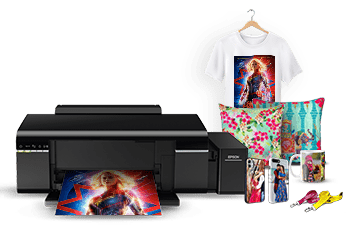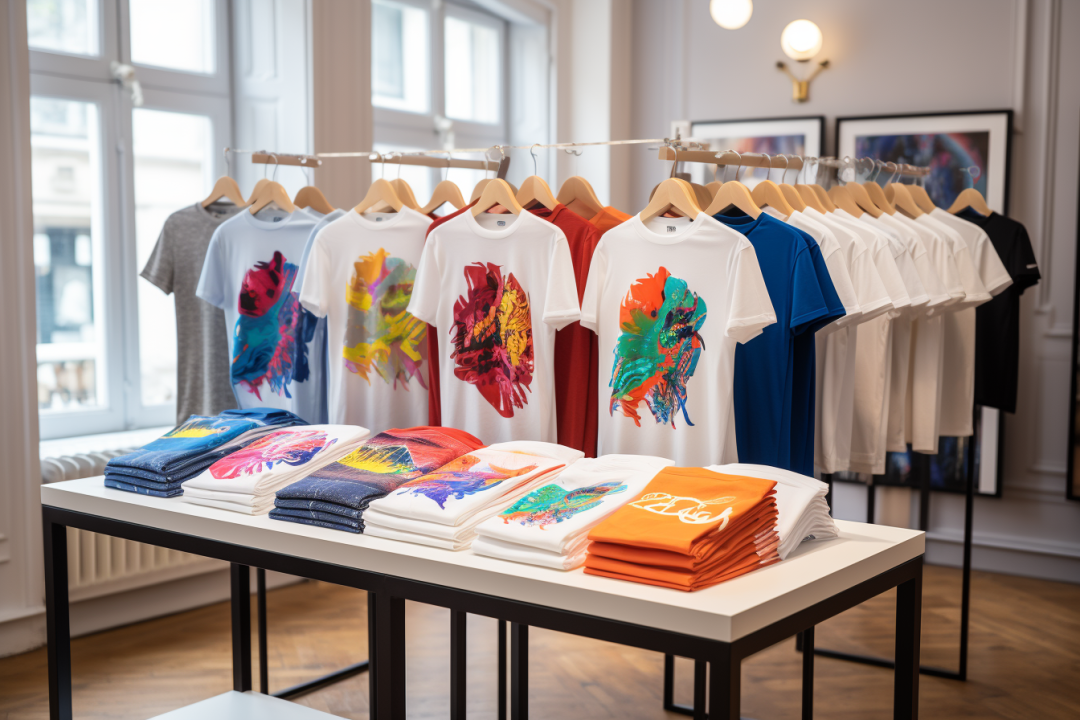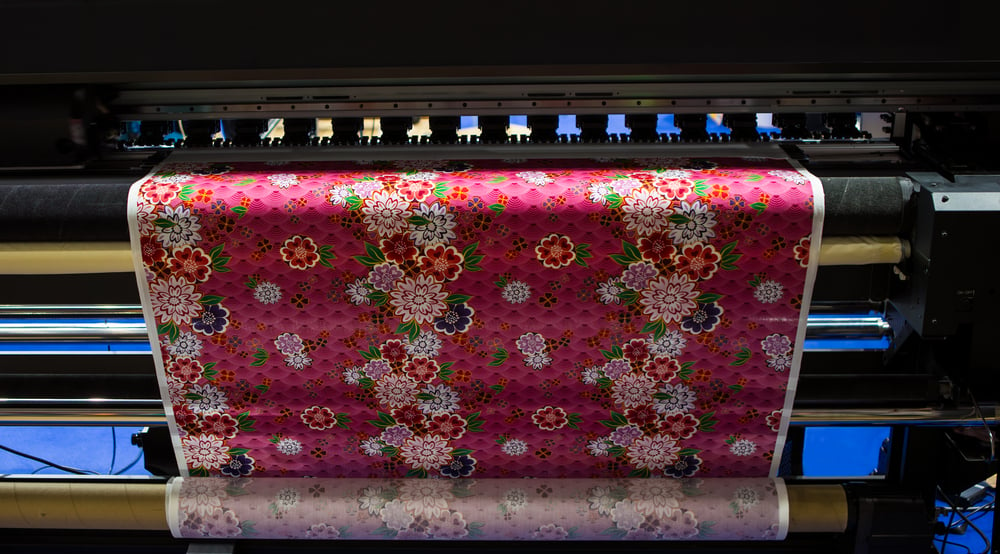Unleashing Imagination with Heat Transfer Vinyl Printing for Custom-made Designs
Unleashing Imagination with Heat Transfer Vinyl Printing for Custom-made Designs
Blog Article
Advancements in DTF Printing: Exactly How It's Transforming the Market
The textile printing industry is going through a substantial change, driven by the cutting-edge improvements in Direct-to-Film (DTF) modern technology. With premium ink solutions, boosted film and glue modern technologies, and the assimilation of automation, DTF printing offers dynamic, resilient prints on a selection of textiles, fulfilling the boosting demand for personalization.
Advancements in DTF Modern Technology
Progressing swiftly, DTF (Direct-to-Film) printing innovation has gone through substantial enhancements that are revolutionizing the textile sector. One of the most noteworthy innovations is the enhancement in print top quality. Modern DTF printers make use of sophisticated ink formulas that cause dynamic, long lasting prints with high resolution and shade accuracy. These inks are particularly engineered for compatibility with various material types, guaranteeing regular quality no matter the material.

In addition, advancements in movie and adhesive technologies have improved the total application procedure. New movies provide better flexibility and attachment, enhancing the sturdiness and washability of the published designs - screen printing. This guarantees that the prints keep their stability and vibrancy even after several laundries
Finally, ecological considerations have actually prompted the development of environment-friendly DTF remedies. Producers are increasingly embracing sustainable techniques, such as utilizing water-based inks and recyclable films, straightening with worldwide efforts to lower the sector's eco-friendly footprint.
Advantages Over Traditional Approaches
When comparing DTF printing to traditional methods such as screen printing and direct-to-garment (DTG) printing, a number of distinctive benefits arise. screen printing. One of one of the most considerable advantages is its convenience in fabric compatibility. Unlike display printing, which usually requires particular fabric kinds, DTF printing can be put on a wider series of materials, including cotton, polyester, and blends, without endangering print high quality
An additional notable advantage is cost-effectiveness, especially for small to medium-sized orders. Traditional screen printing becomes financially feasible only at higher quantities as a result of the arrangement costs entailed. In comparison, DTF printing gets rid of these configuration expenses, making it extra budget-friendly for smaller batches and one-off designs.
Furthermore, DTF printing masters resilience and washability. The prints produced are durable and keep their integrity with numerous wash cycles, outshining DTG prints that might crack or fade gradually. In addition, DTF printing provides faster turn-around times. Without the demand for comprehensive setup, styles can be published and transferred in a fraction of the time required for screen printing.

Improved Design Capacities
DTF printing offers boosted layout capabilities that establish it aside from traditional printing techniques. This development permits for a wider spectrum of lively shades, detailed information, and nuanced slopes, supplying designers with extraordinary adaptability. The process involves publishing a style onto a special movie, which is then moved to fabric. This allows for high-resolution prints that keep clarity and intensity, even on complex patterns and small message.
Furthermore, DTF printing supports a wide array of materials, including cotton, polyester, blends, and even non-textile substratums. This convenience opens up doors for creative applications in varied industries such as style, home decor, and promotional products. Unlike display printing, which can be restricting because of shade splitting up and pattern development, DTF printing simplifies the procedure, making multi-color and photo-realistic layouts more available.
Additionally, DTF printing stands out in attaining constant color precision and vibrancy. In significance, DTF printing encourages designers to press the borders of creativity, providing aesthetically stunning outcomes that were formerly unattainable.
Expense and Time Performance
One of the noteworthy advantages of DTF printing lies in its cost and time effectiveness, making it a preferred selection for numerous companies. By getting rid of the requirement for display configurations and comprehensive pre-production processes, DTF printing substantially lowers first expenses. Unlike standard techniques that call for browse this site considerable investment in displays and arrangement times, DTF printing allows for direct application onto various products with marginal prep work. This reduction in setup time equates right into faster manufacturing cycles, making it possible for companies to accomplish orders a lot more promptly.
Furthermore, DTF printing succeeds in generating brief runs and personalized orders cost-effectively. The capacity to produce premium prints without the requirement for big volume dedications reduces waste and optimizes resource allocation. This versatility is especially useful for small companies and start-ups that might not additional reading have the capital to purchase large production runs.
In terms of operational performance, DTF printing's streamlined operations boosts total efficiency. Therefore, DTF printing stands out as a transformative service in the printing sector.
Future Trends in DTF Printing
Anticipating future patterns in DTF printing exposes a landscape noted by fast technical advancements and increased market need (sublimation printing). One significant pattern is the combination of man-made intelligence (AI) and device understanding algorithms to optimize print high quality and simplify operations. AI-driven systems can anticipate prospective concerns and change settings in real-time, ensuring consistently high-quality result
Furthermore, developments in environmentally friendly inks and sustainable materials are anticipated to acquire traction. As environmental worries end up being more important, the industry is likely to see a change in the direction of safe and eco-friendly inks, lowering its ecological footprint.
Personalization and personalization will likewise play a crucial function. With the growing customer demand for unique, personalized items, DTF printing technologies are advancing to provide more in-depth and intricate customization alternatives. This trend is sustained by boosted software application options that permit more complicated and creative styles.
Lastly, the integration of DTF printing with various other electronic systems and shopping remedies will end up being extra seamless. This connection will make it possible for companies to supply on-demand printing solutions directly to consumers, additionally driving growth in the sector. These patterns jointly highlight a future where DTF printing not only meets but surpasses the advancing demands of the market.
Verdict

When contrasting DTF printing to typical techniques such as display printing and direct-to-garment (DTG) printing, several distinctive advantages emerge. Unlike screen printing, which frequently calls for details textile kinds, DTF printing can be applied to a broader variety of materials, consisting of cotton, polyester, and blends, without compromising print high quality.
DTF printing provides enhanced layout capabilities that establish it apart from typical printing approaches. Therefore, DTF printing stands out as a transformative remedy in the printing industry.
Advancements in DTF printing significantly boost the textile printing industry by providing superior print efficiency, convenience, and quality.
Report this page